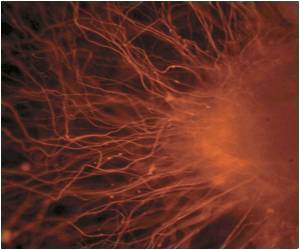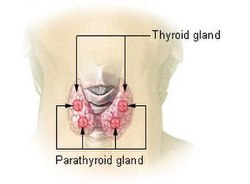Pornography has long held a controversial place in society, and its
relationship with a number of behaviors and attitudes has been highly
debated. But the concern remains: How does viewing pornography affect
our attitudes towards women? A recent paper published in the Journal of Communication found that exposure to pornography was related to and increased sexist attitudes, but only among a subgroup of users.
Gert Martin Hald, Theis Lange, University of Copenhagen, and Neil Malamuth, University of California, Los Angeles, asked 200 Danish adults aged 18-30 about their past pornography consumption; assessed a central part of their personality (the trait of agreeableness i.e., individual low in agreeableness typically holder higher levels of antagonism, coldness, hostility, suspiciousness, disagreeability, unfriendliness, and self-interest); and exposed them to hardcore pornography in the laboratory. They then evaluated how participants' personality and the exposure to pornography affected a variety of sexist attitudes.
Among women increased past pornography consumption was not found to be associated with any of the sexist attitudes investigated. Among men increased past pornography consumption was initially found to be associated with more negative attitudes toward women including more hostility, negative prejudices, and stereotypes.
However, when the researchers actually exposed participants to pornography, personality (agreeableness) was found to influence the relationship between pornography and sexist attitudes so that it was only among participants low in agreeableness that pornography was found to increase sexist attitudes. Among this group it was found that laboratory exposure to pornography modestly increased hostile sexist attitudes. Further this increase was found to be brought about by increases in sexual arousal to the pornographic exposure material. For all other participants, pornography exposure was found not to influence sexist attitudes.
"The study is important because it may help nuance the view of effects of porn and enable us to better understand for whom adverse effects of porn are most likely and the mechanisms by which such effects occur. This could be used in prevention, education, or clinical interventions," said Hald, the lead author. "The study shows the importance of individual differences in research on pornography and underscores that effects of pornography on attitudes may not be the same for everyone".
Source: Journal of Communication
Gert Martin Hald, Theis Lange, University of Copenhagen, and Neil Malamuth, University of California, Los Angeles, asked 200 Danish adults aged 18-30 about their past pornography consumption; assessed a central part of their personality (the trait of agreeableness i.e., individual low in agreeableness typically holder higher levels of antagonism, coldness, hostility, suspiciousness, disagreeability, unfriendliness, and self-interest); and exposed them to hardcore pornography in the laboratory. They then evaluated how participants' personality and the exposure to pornography affected a variety of sexist attitudes.
Among women increased past pornography consumption was not found to be associated with any of the sexist attitudes investigated. Among men increased past pornography consumption was initially found to be associated with more negative attitudes toward women including more hostility, negative prejudices, and stereotypes.
However, when the researchers actually exposed participants to pornography, personality (agreeableness) was found to influence the relationship between pornography and sexist attitudes so that it was only among participants low in agreeableness that pornography was found to increase sexist attitudes. Among this group it was found that laboratory exposure to pornography modestly increased hostile sexist attitudes. Further this increase was found to be brought about by increases in sexual arousal to the pornographic exposure material. For all other participants, pornography exposure was found not to influence sexist attitudes.
"The study is important because it may help nuance the view of effects of porn and enable us to better understand for whom adverse effects of porn are most likely and the mechanisms by which such effects occur. This could be used in prevention, education, or clinical interventions," said Hald, the lead author. "The study shows the importance of individual differences in research on pornography and underscores that effects of pornography on attitudes may not be the same for everyone".
Source: Journal of Communication













